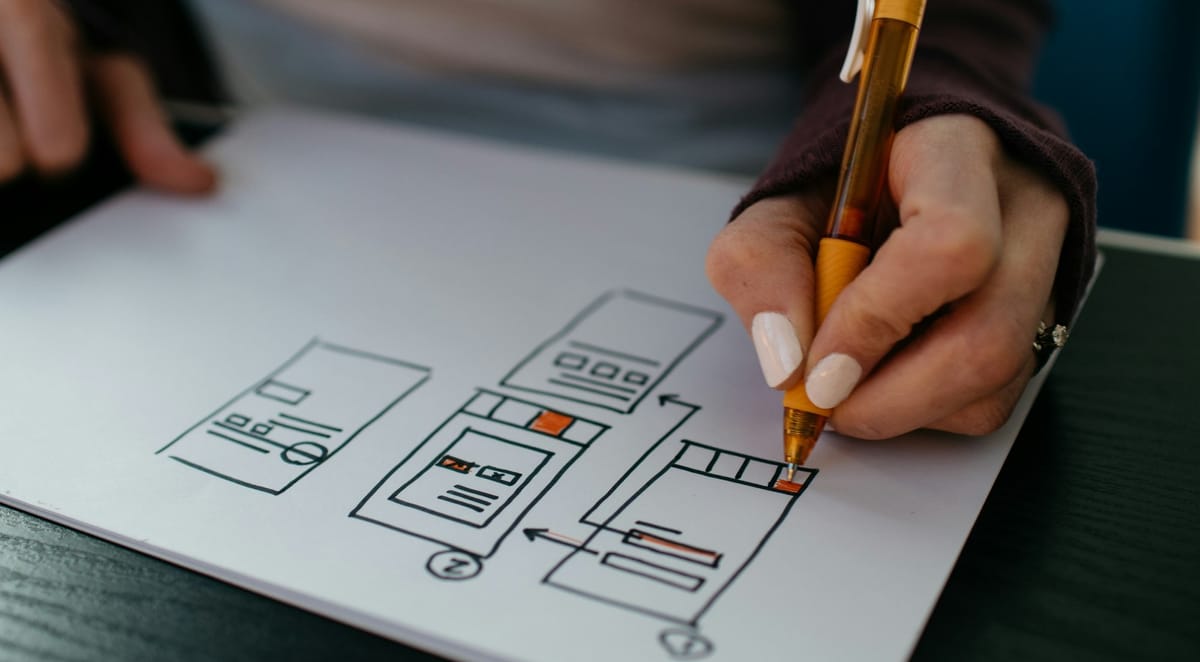PBL: The Simple Secret to Scaling WBL in Classrooms

At its core, Project-Based Learning (PBL) is a powerful tool for student engagement, skill-building, and creativity in the classroom. Yet, many educators and districts are missing out on a critical opportunity: leveraging PBL to drive meaningful, reportable Work-Based Learning (WBL) outcomes. By doing so, you can turn classroom projects into career-connected experiences that not only meet educational standards but also set students on a path to discovering their passions, career interests, and—let’s face it—their ultimate curiosity of how the real-world works: money.
Why PBL Should Be the Foundation of WBL
Every CTE classroom already delivers PBL. However, not all of these projects provide students with hands-on work experiences tied to real-world industries. By framing projects around specific employers, organizations, or industry problems, educators can help students:
- Explore Career Pathways
Projects can reveal what students enjoy, what they’re good at, and what they might want to pursue as a career—or avoid entirely. - Solve Real-World Problems
Assigning employer-driven projects introduces students to authentic challenges in industries such as healthcare, tech, manufacturing, or government. - Align to the “Ikigai” Framework
A Japanese concept for “purpose,” Ikigai asks students to reflect on what they love, what they’re good at, what the world needs, and what they can get paid for. This framework transforms the question from “What do you want to do in life?” to “What problems do you want to solve?” - Boost Student Motivation
Connecting projects to real-world employers enhances relevance and urgency for students. When students are motivated by tangible outcomes, they persevere through challenges, brainstorm more critically, and produce work they’re genuinely proud of.
Converting PBL to WBL: The Simple Shift
The transition from PBL to WBL is straightforward: assign projects with a specific “client” in mind—whether that’s an employer, customer, user, or community organization. This creates context and purpose, allowing students to dive deeper into problem-solving within a real-world framework.
For example:
- For a local city government: Students could develop AI-driven solutions for optimizing public works or IT processes.
- For small businesses: Students might create marketing campaigns or operational efficiencies tailored to community needs.
- For tech startups: Students could explore prototype development, user research, or sales strategies.
This context-specific learning gives students the chance to practice valuable skills like market research, customer understanding, and critical thinking—while delivering tangible value to the “client.”
PBL Drives Employer Engagement
By structuring projects around local employers or community stakeholders, you can naturally engage these entities in a traction-driven protocol, a process we call Traction-Driven Employer Recruitment (TDER). Here’s how it works:
- Students create solutions for local employers.
- Employers see value without needing to invest upfront.
- Employers become curious, leading to opportunities like guest speaking, mentoring, and eventually internships.
For example, imagine a CTE classroom where:
- Five students design a fire safety solution for the local Fire Department.
- Ten students build IT infrastructure ideas for the city’s IT Department.
- Fifteen students develop sustainable urban planning projects for Public Works.
By the end of the semester, the city’s leadership—from the mayor to the HR director—becomes naturally engaged, impressed by the students’ work and motivated to deepen the partnership. This creates a pathway for students to access internships, mentorships, externships, and more, all starting with their PBL assignments.
Hyper-Personalized for Teachers and Students
PBL as WBL is endlessly adaptable to fit both teacher and student needs. While the “client problem” may be static, everything else can be personalized:
- Teachers can set specific project parameters (e.g., use Adobe software, create a 60-second video).
- Students can personalize their projects by aligning them with their passions, career goals, or skills they wish to develop.
This hyper-personalization creates a win-win scenario, leading to highly motivated projects that often result in innovation beyond expectations.
Scaling WBL Through PBL
Traditional WBL approaches often rely on external efforts like scheduling guest speakers, organizing field trips, or coordinating internships. While these initiatives are valuable, they can be resource-intensive and hard to scale. In contrast, PBL as WBL:
- Maximizes Impact: Students spend significant time on projects, generating meaningful, reportable WBL hours.
- Reduces Barriers: It doesn’t require a district-wide employer base to get started.
- Complements Existing Efforts: Mock interviews, field trips, and other activities remain valuable, but PBL becomes the foundation that amplifies these experiences.
The Way Forward
With over 15,000+ touchpoints in PBL-to-WBL transformations, we’ve seen the profound impact of this approach firsthand. By anchoring WBL in existing classroom projects, you can scale career-connected learning, engage more students, and attract employers to your programs.
Let’s reimagine the foundation of WBL in schools. It’s not about replacing existing efforts but enhancing them with a scalable, student-driven, and impactful model.
Are you ready to explore how PBL can transform your classroom or district? We’d love to hear from you.
Contribute to the raw draft here
